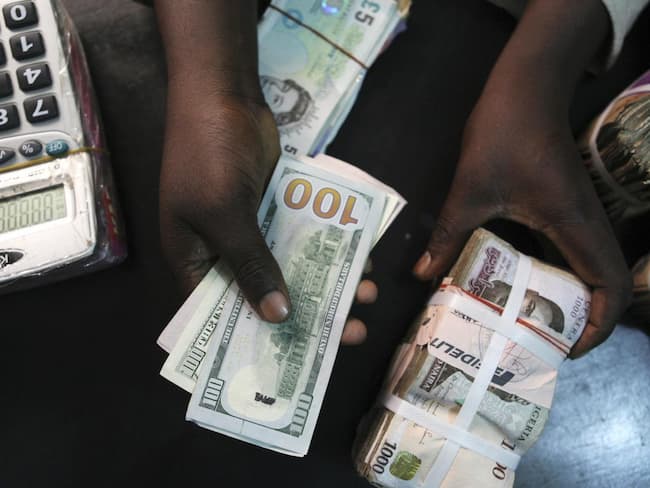Oustanding banking industry loans to the economy as at the end of third quarter 2016 (Q3’16) escalated by N2.1 trillion to N13.8 trillion, about 17.9 per cent rise against N11.7 trillion recorded in the corresponding period of 2015.
The new figure is made up of loans that have matured, but remain either unpaid, rolled-over or restructured, as well as new ones created in the period under review.
Reporting on selected banking industry statistics for the period, the National Bureau of Statistics, NBS, yesterday, indicated that the 17.9 per cent escalation of loan portfolio was coming against just 4.02 per cent growth in deposit base of the banks to N18.1 trillion in Q3’16 from N17.4 trillion within the same period in 2015.
The figures represent a growing funds mismatch, capital adequacy stress and liquidity ratio challenges in the banking industry in line with the report of the Central Bank of Nigeria, CBN, for the first half of 2016 (H1’16) which pointed to inadequacies in funding of banks’ assets (mainly loan portfolio), with about N4.9 trillion funding gap recorded as at end June, 2016.
Reporting the funds maturity mismatch for the period ended June 2016, CBN had stated ‘‘the industry pre-shock position revealed that the shorter end of the market (less than or equal to 30-day and 31- to 90-day buckets) was adequately funded.
‘‘In the less than or equal to 30 day bucket, five banks were not adequately funded, while in the 31- to 90- day bucket, nine banks had funding gaps. The cumulative position for the industry showed an excess of N4.9 trillion assets over liabilities’’.
Also in its H1’16 financial stability report the apex bank stated: ‘‘large banks were resilient to credit risk and would be able to sustain an impact of the most severe shock of a 200 per cent rise in NPLs (non-performing loans) as it resulted in 12.60 per cent CAR (Capital Adequacy Ratio), which was above the 10 per cent minimum requirement.
‘‘However, banking industry, medium and small bank groups, showed vulnerability to the most severe shock of 200 per cent rise in NPLs as their CAR fell to 8.01, 2.51 and -83.32 per cent respectively’’.
The apex bank also said that large banks showed significant resilience to credit concentration risk as their CAR remained above 10 per cent under the respective shocks and scenarios.
According to its report, under the scenario (shock) of “five biggest corporate obligor credit facilities shifting from doubtful to lost”, CARs of the banking industry, large, medium and small banks would deteriorate to 9.24, 13.09, 0.90 and -38.52 per cent, from 14.74, 15.65, 11.99 and 3.16 per cent respectively, adding that under this scenario, large banks maintained CARs above minimum requirement of 10 per cent, while all other peered banks recorded less than 10 per cent CARs.
Presenting the liquidity challenge, CBN had said that ‘‘the result of the liquidity stress test it conducted within H1’16 revealed that after a one-day run, the liquidity ratio for the industry would decline to 30.1 per cent from the 43.0 per cent pre-shock position, and to 5.3 per cent after a cumulative 30-day run.
It added: ‘‘A 5-day and cumulative 30-days run on the banking industry would result in a liquidity shortfall of N2.2 trillion and N2.4 trillion respectively. The test further revealed that 19 banks would record liquidity ratios below the prudential threshold of 30.0 per cent, following the 5-day and cumulative 30-day runs respectively.
‘‘The result revealed that the industry liquidity ratio would decline to 9.14 and 5.33 per cent, from 43.0 per cent baseline position after the 5-day and cumulative 30-day shocks respectively. The result also indicated vulnerability to liquidity risk in the event that these scenarios crystallized.’’
(VANGUARD)














